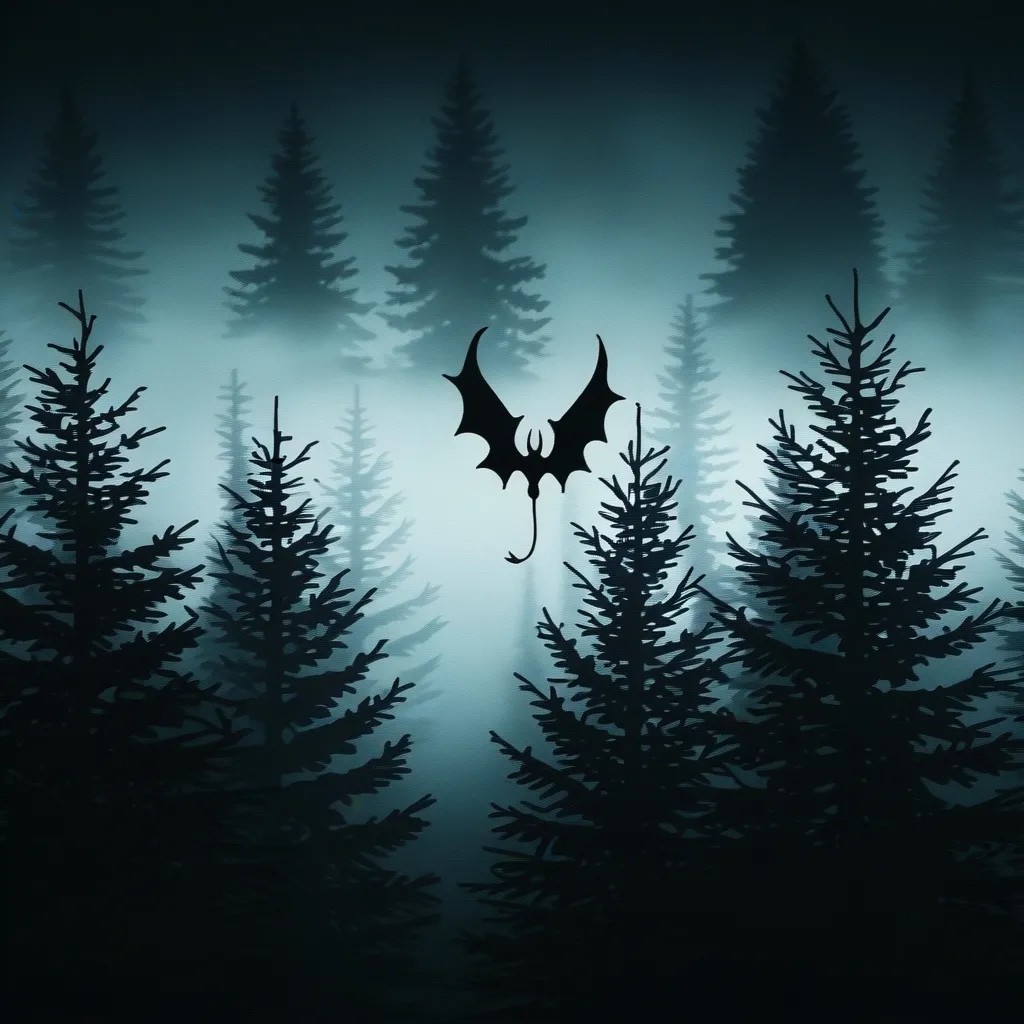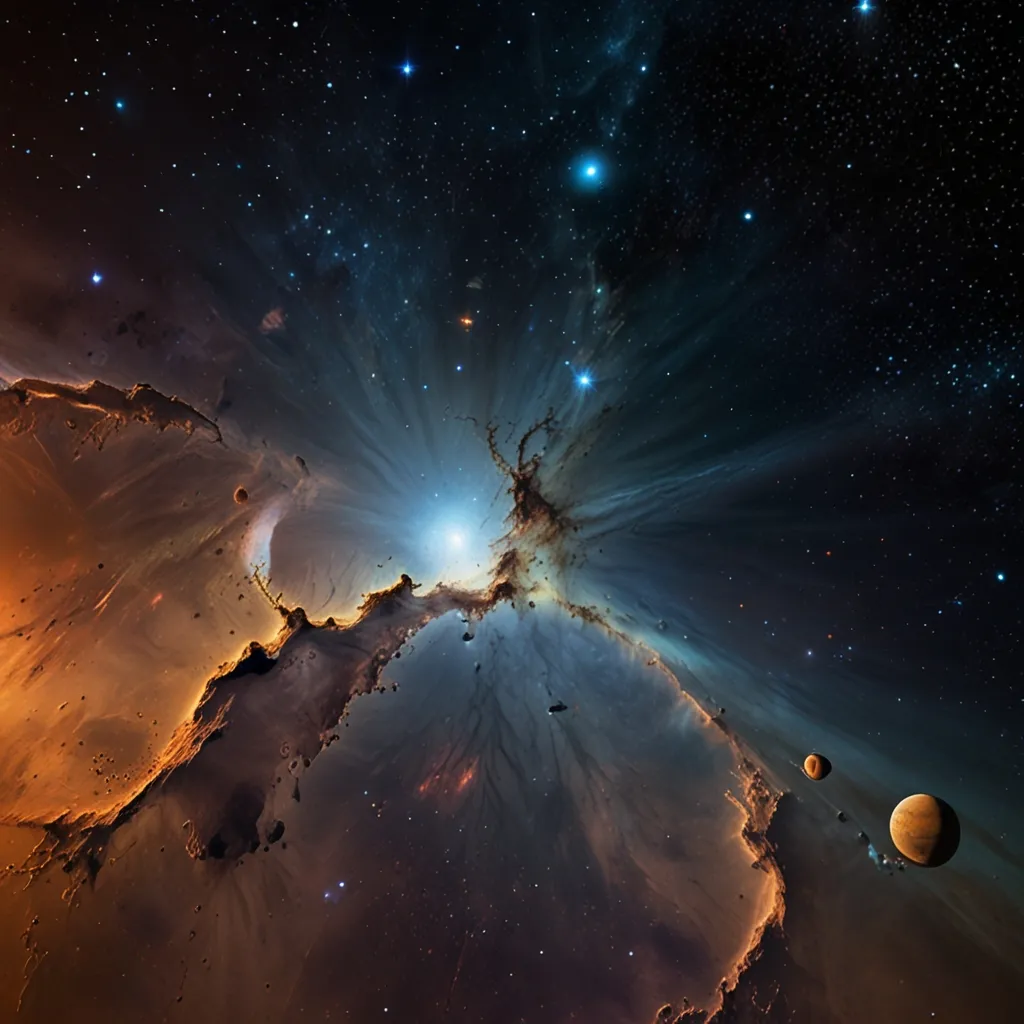The Yeti: Unraveling the Mystery of the Himalayan Legend
Deep in the heart of the Himalayas, a legend persists that has captivated the world for centuries. The Yeti, often called the Abominable Snowman, is a creature shrouded in mystery and intrigue. It’s said to roam the snowy peaks and dense forests of Nepal and Tibet, leaving behind only footprints and whispered tales.
But what’s the real story behind this elusive being? Is it just a tall tale passed down through generations, or could there be some truth to the legend? Let’s dive into the fascinating world of the Yeti and see what we can uncover.
Picture this: you’re trekking through the Himalayas, the crisp mountain air filling your lungs. Suddenly, you spot something moving in the distance. Is it just a shadow, or could it be the legendary Yeti? This scenario has played out countless times in the minds of adventurers and locals alike.
The Yeti legend really took off in the early 1900s when British explorers started venturing into the Himalayas. They came back with incredible stories from the locals about a mysterious, hairy creature that walked on two legs and had enormous feet. These tales spread like wildfire, and soon everyone wanted a piece of the action.
Imagine being one of those early explorers, hearing these stories for the first time. The excitement, the fear, the sheer possibility of it all! It’s no wonder that so many expeditions were launched to try and find the elusive Yeti.
But here’s where things get interesting. Scientists have been trying to crack the Yeti code for years, and they’ve made some pretty fascinating discoveries. One of the biggest breakthroughs came from DNA analysis of supposed Yeti samples collected from the Tibetan Plateau. Want to know what they found? Most of the samples came from… wait for it… bears!
That’s right, our hairy friend might just be a case of mistaken identity. The Himalayan brown bear and the Tibetan brown bear, in particular, seem to be the likely culprits behind many Yeti sightings. These bears are rare and powerful creatures, perfectly capable of leaving behind the kind of evidence that people have attributed to the Yeti.
Now, you might be thinking, “Come on, how could anyone mistake a bear for a mythical ape-man?” Well, it’s not as crazy as it sounds. Picture yourself in a remote Himalayan village. You’ve grown up hearing stories about the Yeti, and one day you spot a large, fur-covered creature in the distance. In the heat of the moment, with your heart pounding, it’s not hard to see how your mind might jump to “Yeti” instead of “bear.”
But the Yeti isn’t just about science and misidentification. It’s deeply woven into the cultural fabric of the Himalayan region. In local traditions, the Yeti is often seen as a kind of glacier spirit, influencing everything from hunting trips to daily life. It’s not just a monster in the mountains; it’s a part of the spiritual landscape.
This cultural aspect is super important to understanding the Yeti phenomenon. In the Himalayas, old beliefs often blend with newer ones, creating a rich tapestry of myths and legends. The Yeti fits right into this world, straddling the line between the physical and the spiritual.
Some researchers have even suggested that the Yeti legend might be a leftover from our ancestors’ encounters with real giant apes. There’s this prehistoric primate called Gigantopithecus that was absolutely massive – we’re talking King Kong levels of big. Some think that memories of this creature might have been passed down through generations, eventually morphing into the Yeti legend we know today.
Let’s talk about the Yeti’s supposed home for a second. The Himalayas are no joke. We’re talking about a vast wilderness of towering peaks, dense forests, and steep valleys. It’s the perfect hiding place for, well, just about anything. If there was a large, unknown creature out there, this would be the place to find it.
Think about it – we’re still discovering new species in less remote areas. In a place as wild and untamed as the Himalayas, who knows what could be lurking in those forests? It’s not just the Yeti – the region is home to other elusive creatures like snow leopards and clouded leopards. If these animals can stay hidden, why not something else?
Personal accounts add another layer to the Yeti mystery. Locals and explorers alike have reported encounters that they swear were with the Yeti. Take Peter Matthiessen, for example. In his book about a 1973 Himalayan expedition, he writes about the possibility of encountering a Yeti as casually as he might mention spotting a snow leopard.
These stories, while often anecdotal, keep the legend alive. They remind us that there’s still so much we don’t know about our world. Even in this age of Google Earth and satellite imagery, there are still places on our planet that hold secrets.
So, where does this leave us with the Yeti? Are we dealing with a real creature, or just a compelling myth? The truth is, it’s probably a bit of both. While the scientific evidence points strongly towards bears being the source of many Yeti sightings, the cultural and historical aspects of the legend can’t be ignored.
The Yeti represents something more than just a potential undiscovered species. It’s a symbol of the unknown, a reminder that our world still holds mysteries. In a way, the Yeti serves as a bridge between the rational, scientific world and the realm of imagination and possibility.
Think about it – even if we never find concrete proof of the Yeti’s existence, the legend has already left an indelible mark on our culture. It’s inspired countless books, movies, and expeditions. It’s sparked scientific studies and debates. In a very real sense, the idea of the Yeti has taken on a life of its own.
And let’s be honest, isn’t there a part of all of us that wants the Yeti to be real? In our modern world, where it feels like every inch of the planet has been mapped and explored, the Yeti represents the thrill of discovery. It’s the possibility that there’s still something out there waiting to be found, something that could change everything we think we know about the natural world.
So the next time you hear about a Yeti sighting or see a blurry photo claiming to be evidence of the Abominable Snowman, don’t be too quick to dismiss it. Sure, it’s probably not actually a Yeti. But take a moment to appreciate the wonder and mystery that the legend represents.
Who knows? Maybe one day someone will stumble upon irrefutable proof of the Yeti’s existence. Until then, the legend will continue to captivate us, reminding us that the world is still full of wonders waiting to be discovered.
In the end, whether the Yeti is a bear, a prehistoric holdover, or purely a figment of our collective imagination, it serves an important purpose. It keeps us curious, it keeps us exploring, and it keeps us dreaming of what might be out there, just beyond the next mountain peak.
So the next time you find yourself in the Himalayas, keep your eyes peeled. You never know what you might see in the swirling mists and snow-capped peaks. And if you do happen to spot something large and hairy in the distance? Well, maybe it’s just a bear. Or maybe, just maybe, you’ve caught a glimpse of the legendary Yeti. Either way, you’ll have a story to tell for years to come.






